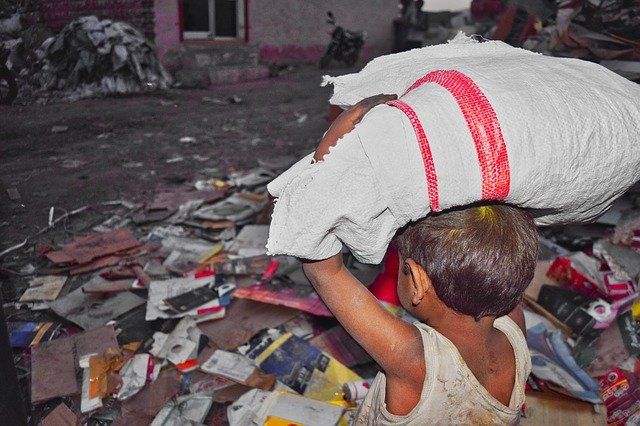Childhood is said to be the most blissful phase of an individual’s life. Every child deserves an idyllic childhood, to play, to learn, to have nutritious food, and above all, to be safe. While for some everything mentioned above and more is a reality, and then there is a section of children like ‘Chotus’and Pinkus’ of India, who we see cleaning tables in restaurants, repairing tires on highways and toiling hard in factories. The COVID-19 pandemic had exposed them to even more vulnerabilities and exploitation, owing to shutdowns and curfews.
However, the Constitution of India sees everyone with the same lens and keeping the interest of these unfortunate children in mind, there are integral laws and policies formulated to protect children from unwarranted labour. Today, on the occasion of World Day Against Child Labour, let’s understand what these legislations are.
The Child Labour (Prohibition and Regulation) Act of 1986
The Child Labour (Prohibition and Regulation) Act of 1986 prohibits employers to employ children below the age of 14 in hazardous occupations like factories, mines, cement, and explosives manufacture, building construction, making toxic substances etc.
The Juvenile Justice (Care and Protection) of Children Act of 2000
This law makes it a crime to employ a child in any hazardous occupation or in bondage. Those who violate this law will be punished with a prison term. This act provides punishment to those act against the Child Labour (Prohibition and Regulation) Act of 1986.
The Factories Act of 1948
The act prohibits an individual to employ a child below the age of 14 in any factory. The act also defines rules on who, when, and how long can adolescents aged 15-18 years be employed in any factory.
Also read: Raheem Sterling’s fight for racial equality honoured with MBE title
The Right of Children to Free and Compulsory Education Act of 2009
Formulated on the lines of ‘Right to Education‘ for all, the act makes free education mandatory for all children aged 6 to 14 years. This law also mandates 25% reservation in private schools for underprivileged children for those belonging to disadvantaged and physically challenged groups.
The Mines Act of 1952
Just like The Factories Act of 1948, this act prohibits an individual to employ a child below the age of 18 in any factory in a mine. Mining is considered one of the most dangerous occupations in the list of law and in past has led to major accidents.







